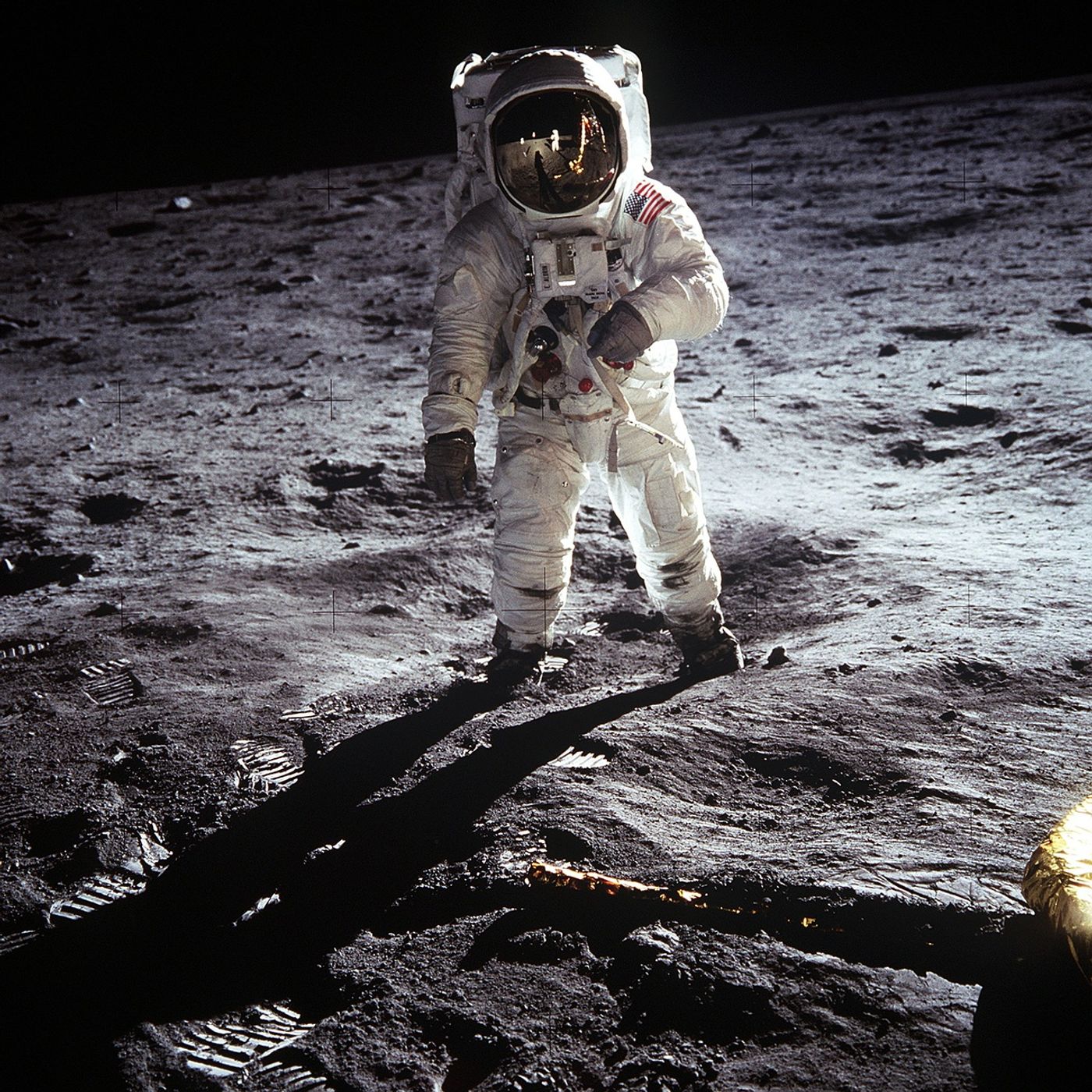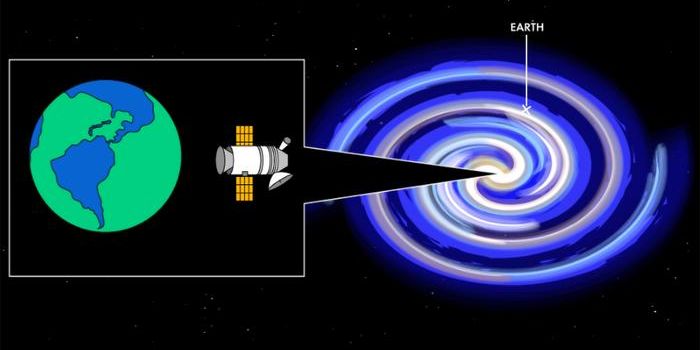Lunar Rock Samples Collected by the Apollo Astronauts May Not Tell the Moon's Entire Story
While some researchers study our planet to learn more about its history and formation, other researchers focus their efforts on alternative bodies in the solar system, such as the Moon.
Image Credit: NASA
The lunar rock samples collected by NASA astronauts during the Apollo missions are particularly important in such research because they offer insight about our natural satellite’s chemical makeup. But can these samples tell us everything we need to know about the Moon’s history?
Researchers with the University of Perdue aren’t so sure about that; they argue their case in a recent study published in the journal Geophysical Research Letters.
NASA’s lunar rock samples contain small glass spherules that allegedly materialized in the significant temperatures sustained during lunar impacts. As you might come to expect, some of the spherules are older than others, and this element can speak to how long ago impacts transpired.
The samples contained more younger spherules than older ones, and so scientists have long believed that the Moon sustained more impacts in the recent past than it did 4 million years ago. But the curious Perdue researchers weren’t fooled by the far-fetched notion; instead, they questioned its validity with science.
Related: Israel will soon put an unmanned spacecraft on the Moon
Upon generating a computer model that dispersed lunar glass spherules in the most logical fashion possible, the researchers found that lunar impact occurrences were likely consistent all along. That said, the idea that lunar impacts suddenly kicked up around 500 million years ago is probably false.
Instead, the researchers propose that the sample collected by the Apollo astronauts doesn’t tell the entire story and that we could be putting too much faith for understanding the Moon’s history into one particular sample.
On Earth, a rock collected in the Grand Canyon would tell an entirely different story about our planet’s composition than a rock collected in the Himalayan Mountains. That said, wouldn’t it make sense to say that a lunar rock collected from another part of the Moon might possess unlike qualities when compared to the samples we have today?
In a nutshell, that’s the same argument proposed by the researchers. Perhaps collecting samples several meters below the lunar surface would tell a more accurate story about the Moon’s history than samples collected mere centimeters below its surface.
"The astronauts used a rake to collect samples from the surface of the moon, but if they were able to take samples from a few meters deeper, we might see a more accurate age distribution," explained David Minton, a co-author of the study.
"If we ever go back to the moon, we could collect samples differently and actually see if the rate of impacts has changed."
Related: Rusty lunar rock hints that the Moon sports a dry interior
There are plans to send humans to the Moon again, so such a proposition may not be too far out of reach. Getting to the bottom of this mystery is an essential step toward understanding not only our Moon’s history, but the Earth’s as well.
Source: Phys.org, Geophysical Research Letters









